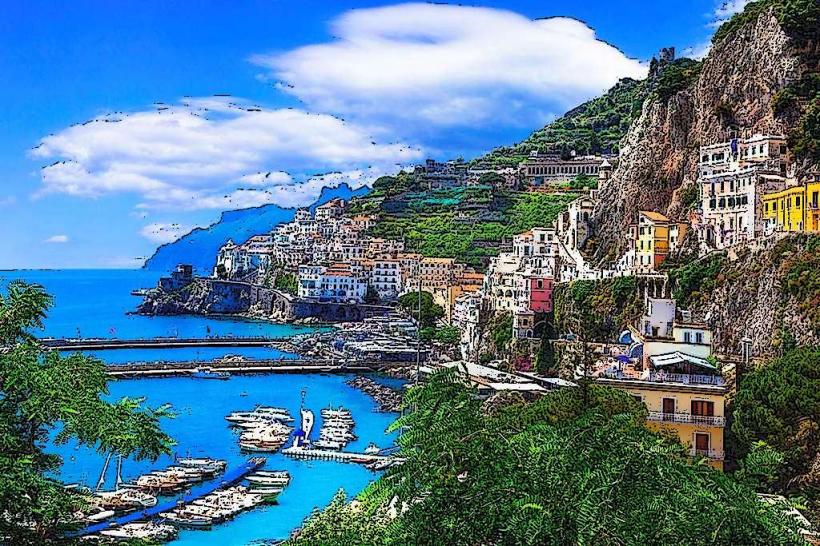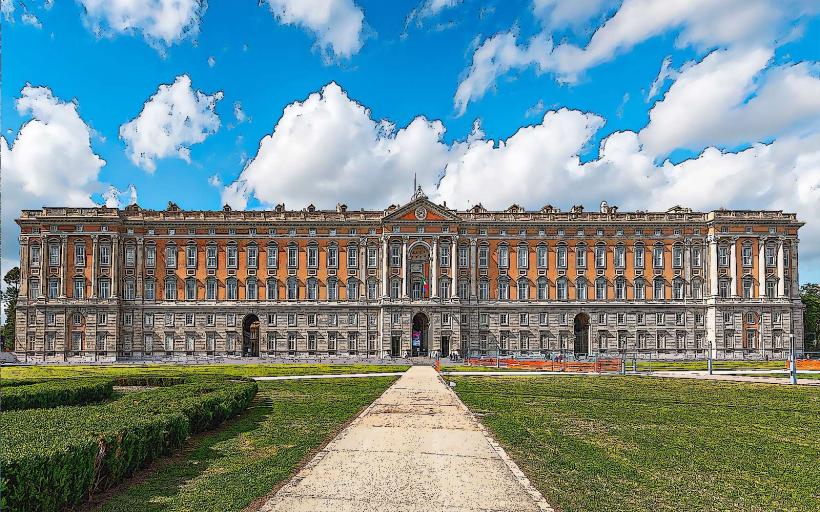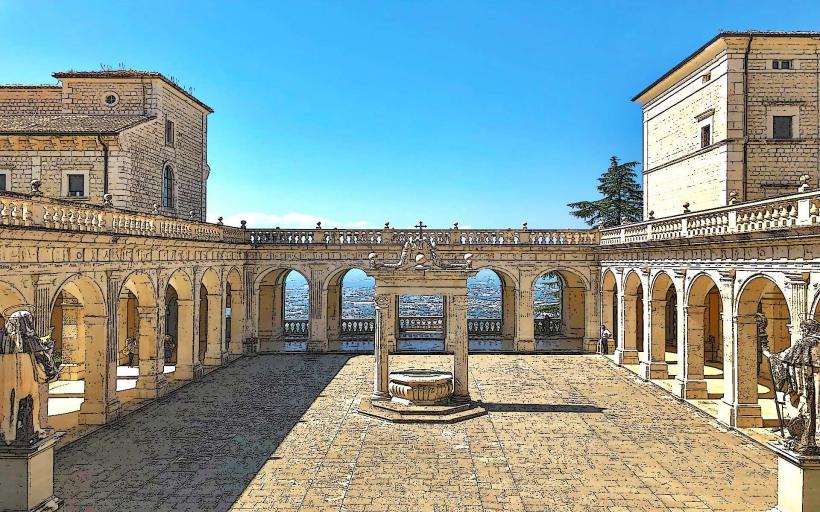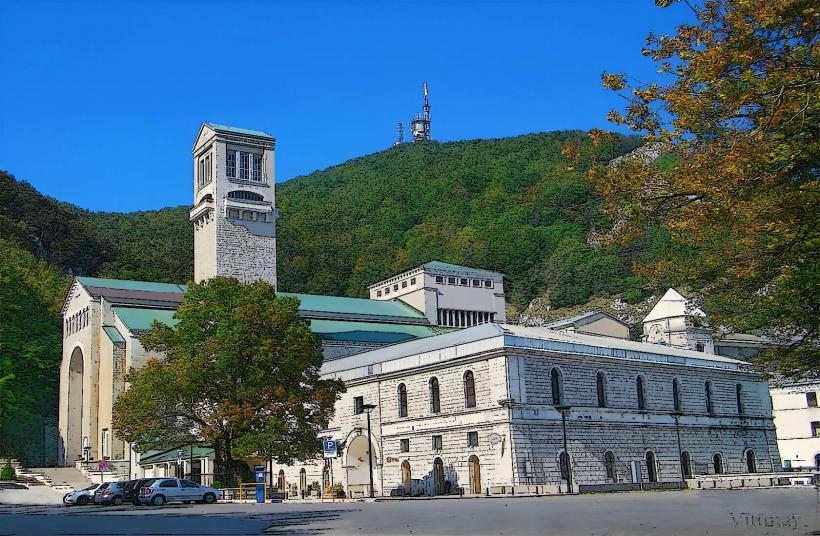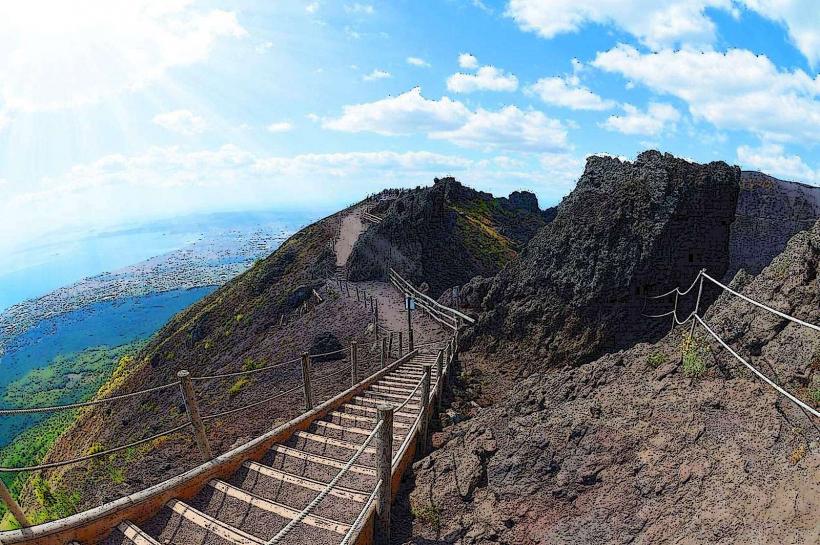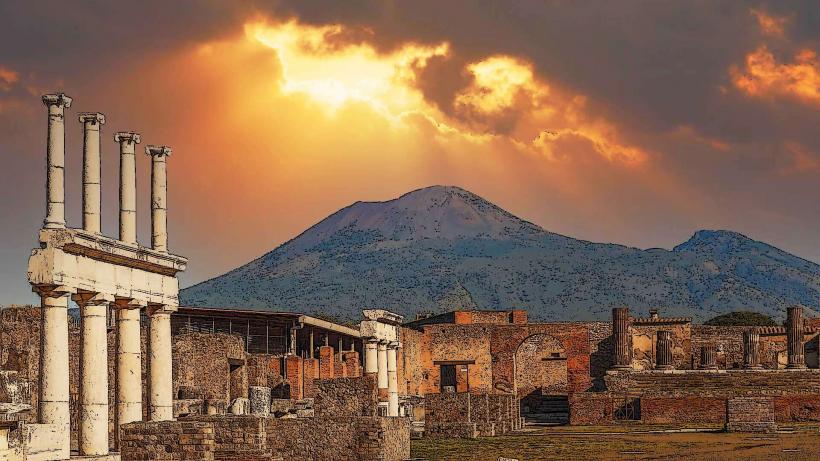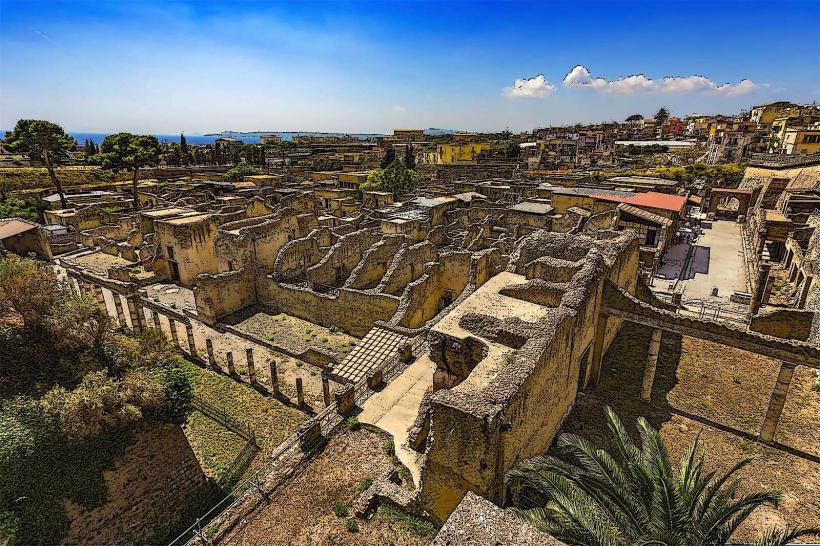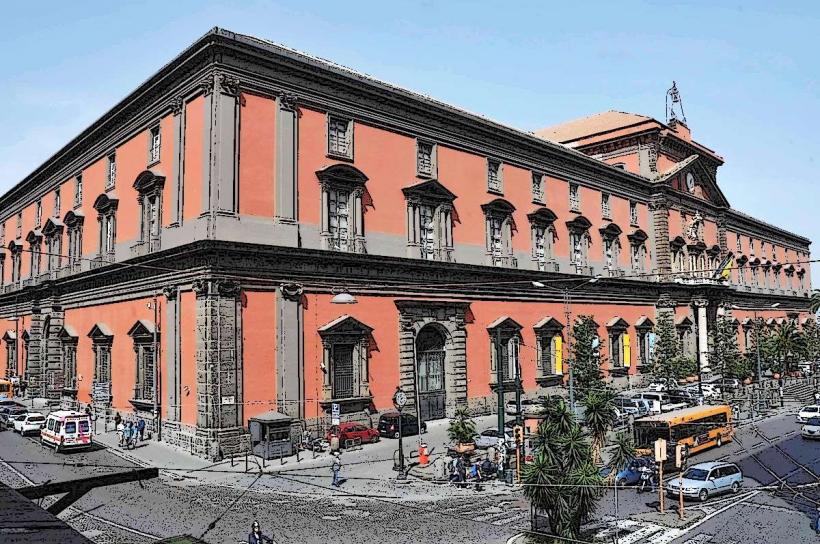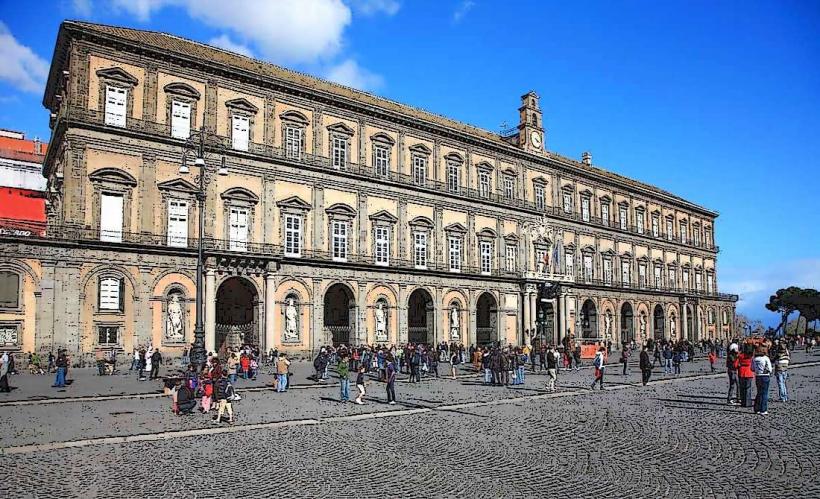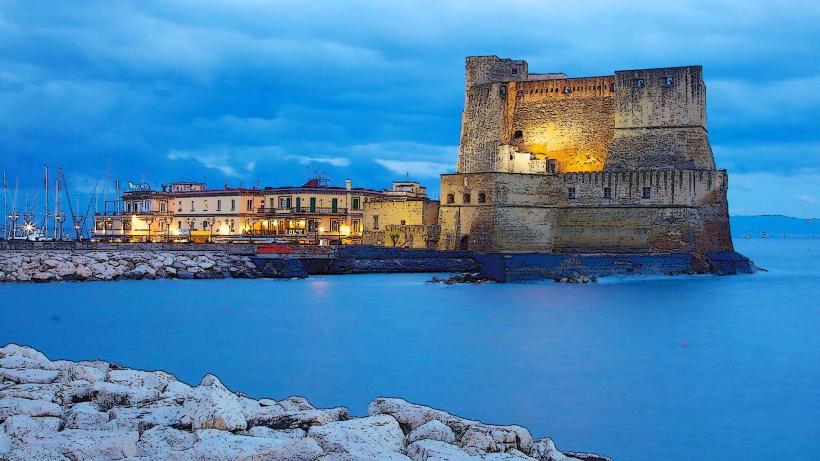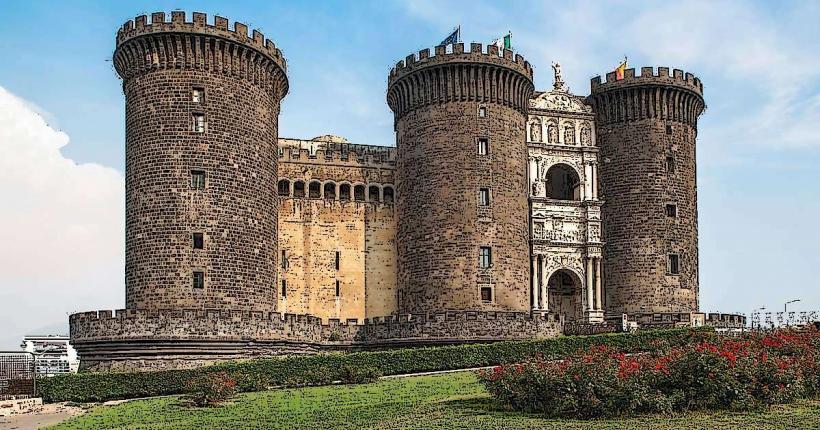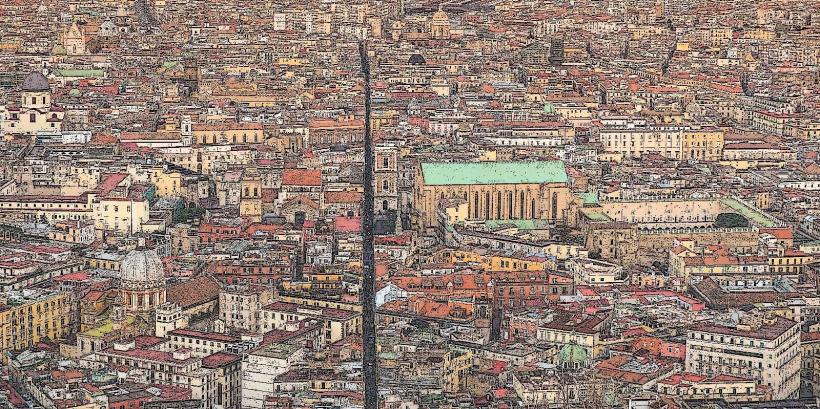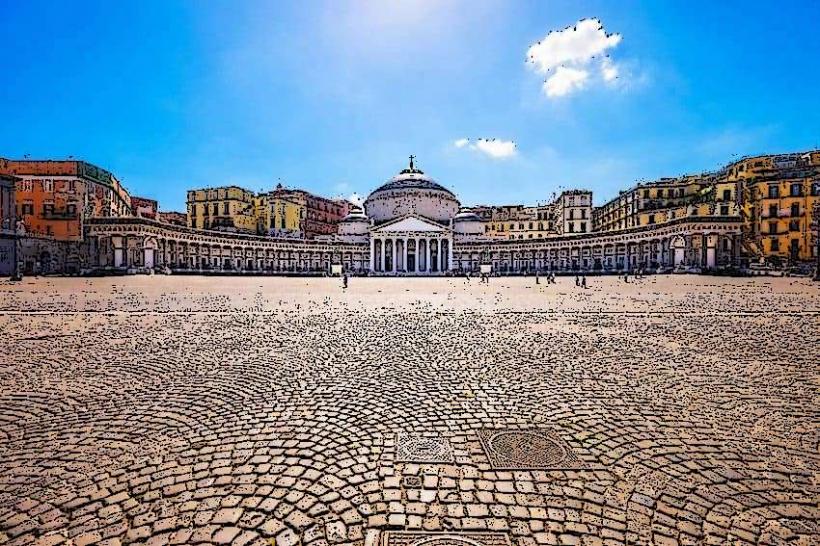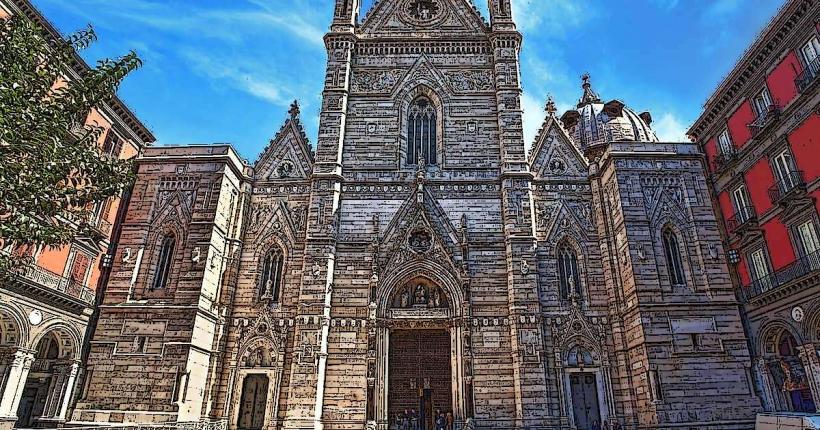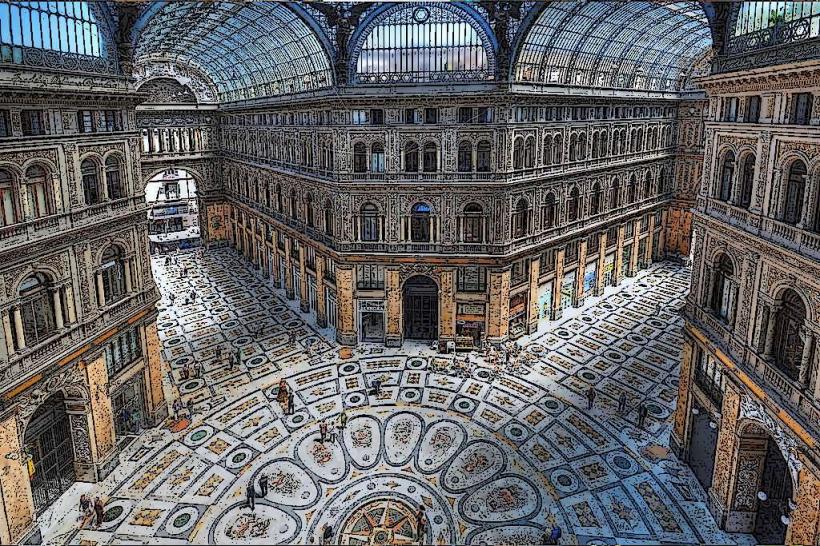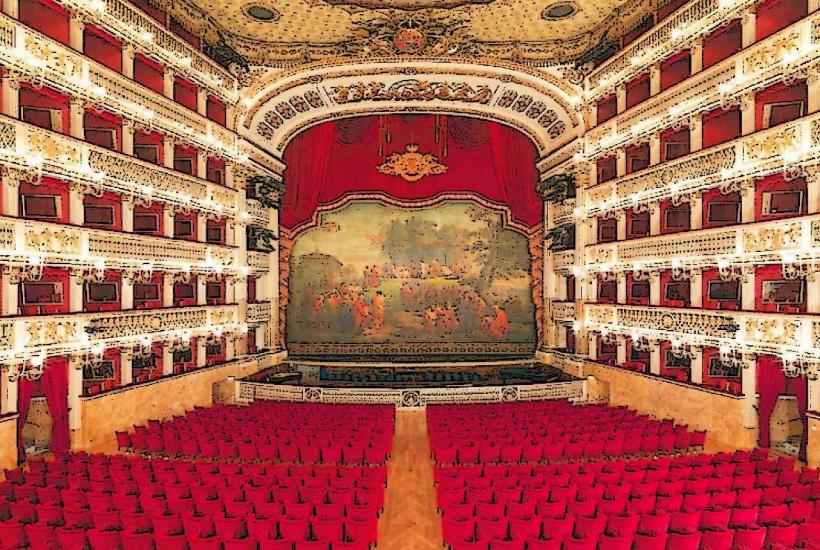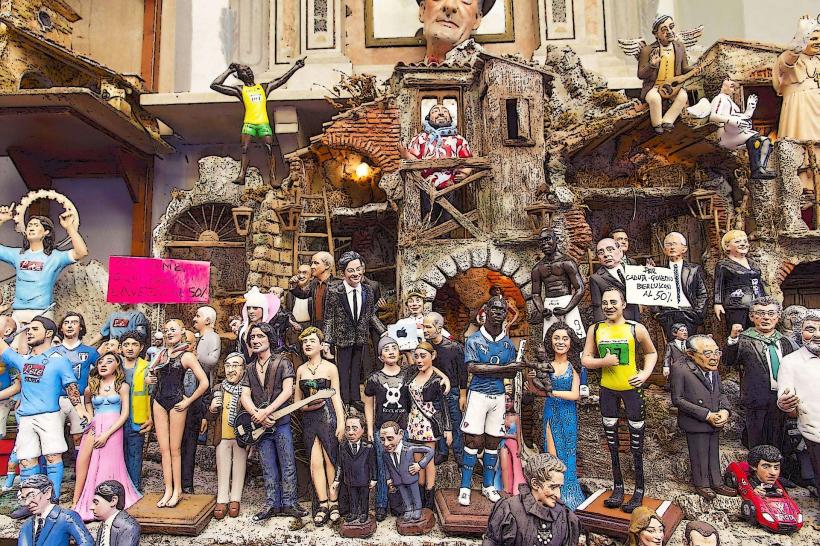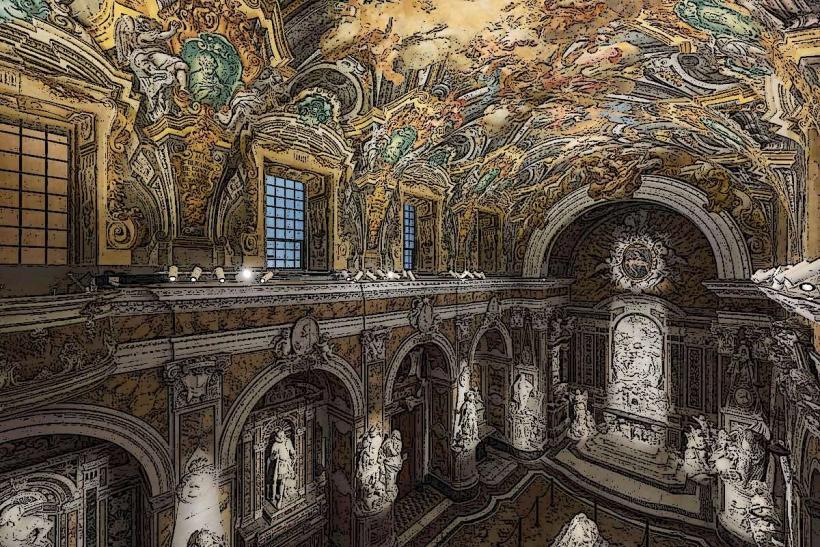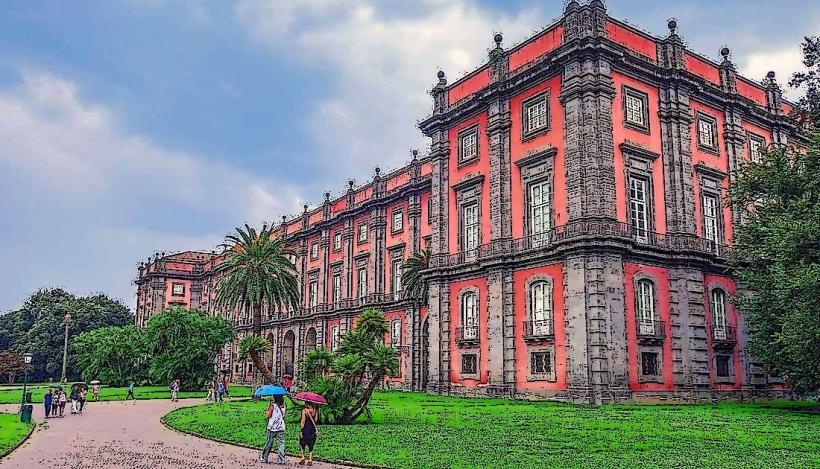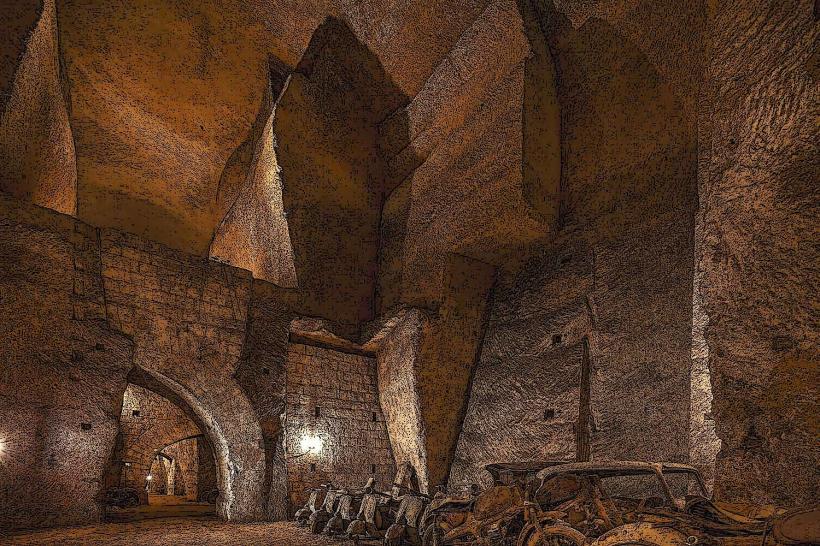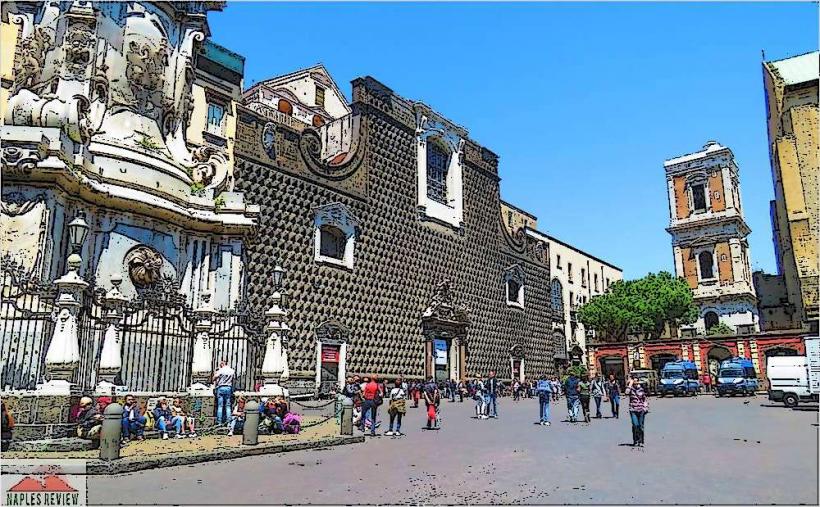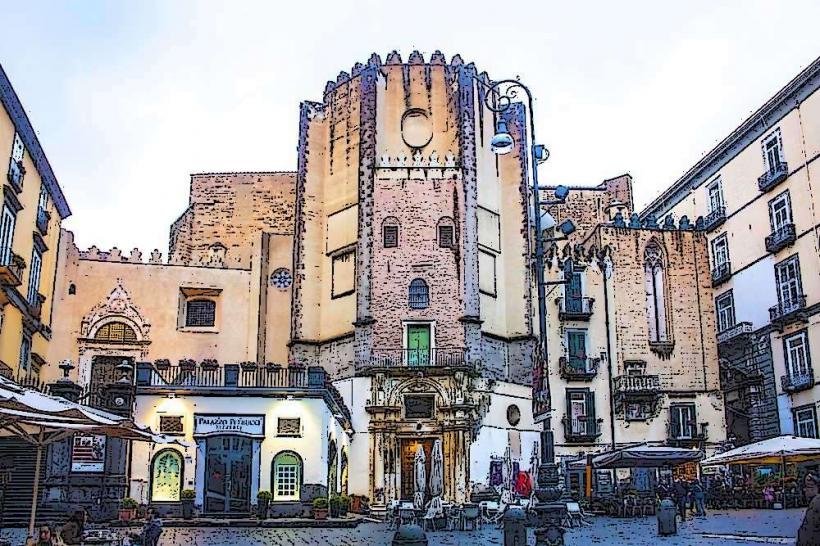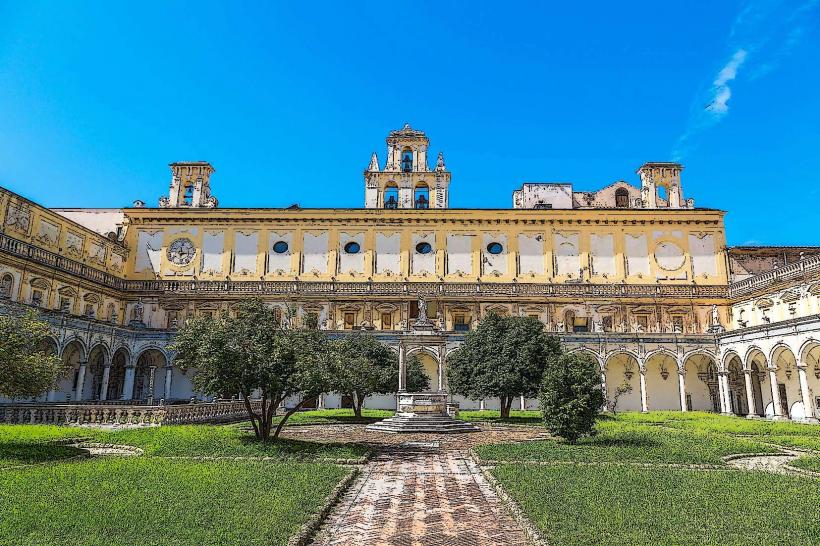Information
Landmark: Palazzo FarneseCity: Naples
Country: Italy
Continent: Europe
Palazzo Farnese is one of the most magnificent examples of Renaissance architecture in Rome and serves as the French Embassy in Italy. Located in the Campo de' Fiori area, the palace was commissioned by Cardinal Alessandro Farnese, who would later become Pope Paul III. Designed by some of the Renaissance's most famous architects, including Antonio da Sangallo the Younger, Michelangelo, and Giacomo della Porta, it reflects both Farnese’s wealth and the architectural grandeur of the period.
1. Historical Background
- Construction began in 1517 and continued for over a century. Initially started by Antonio da Sangallo the Younger, the building underwent changes under Michelangelo, who added the third story and made adjustments to the façade and interior design.
- The Farnese family was one of the wealthiest and most influential in Italy, and the palace reflected their social and political power. After the family’s line ended, the palace passed to the Kingdom of Naples and later to France.
2. Architectural Highlights
- Façade: The three-story façade is symmetrical and monumental, with a main doorway flanked by massive pilasters. Michelangelo made adjustments, such as adding the cornice and enlarging the central window, giving the building its iconic Renaissance balance and elegance.
- Courtyard: Designed by Sangallo, the courtyard features arches and columns in the Doric, Ionic, and Corinthian styles across the three levels, creating a sense of depth and grandeur.
- Farnese Coat of Arms: The palace prominently features the Farnese family's coat of arms, with six fleurs-de-lis. Michelangelo incorporated the emblem into the design above the entrance.
3. Interior Highlights
Gallery of Carracci (Galleria dei Carracci)
- The highlight of the interior is the Gallery of Carracci, decorated by Annibale Carracci and his brother Agostino Carracci. Commissioned in the late 16th century, it features mythological frescoes inspired by Ovid’s Metamorphoses, including the famous Triumph of Bacchus and Ariadne.
- Carracci’s frescoes are considered masterpieces of Baroque ceiling painting, with lush scenes of gods, mortals, and mythical creatures that appear to come alive with movement and color.
Sala dei Fasti Farnesiani
- The “Hall of Farnese Deeds” (Sala dei Fasti Farnesiani) celebrates the family’s history with frescoes by Francesco Salviati depicting scenes of the Farnese’s political and military achievements.
- It displays ornate ceilings and walls, presenting a dignified atmosphere appropriate for the family’s status.
4. French Embassy
- Since 1936, Palazzo Farnese has served as the French Embassy in Italy. France leases the palace from Italy, and it has been meticulously restored and maintained by the French government.
- The building is generally closed to the public, but guided tours are sometimes offered, allowing visitors to experience the incredible architecture and art.
5. Famous Features and Artifacts
- The palace also housed the Farnese Hercules and Farnese Bull, two prominent sculptures that are now in the National Archaeological Museum in Naples.
- Its Renaissance architecture and interiors set a standard that influenced palatial designs across Europe, combining classic Roman elements with Renaissance innovation.
6. Significance in Art and Architecture
- Palazzo Farnese is regarded as a quintessential example of High Renaissance architecture, balancing symmetry, proportion, and classical references.
- Michelangelo’s contributions, especially the cornice and façade modifications, display his mastery in harmonizing monumental and delicate elements.
7. Visiting Tips
- Access: As the French Embassy, visits are restricted, but tours are occasionally available. It’s best to check with the embassy or authorized tour operators.
- Nearby Attractions: Close to Campo de' Fiori and Piazza Navona, making it easy to visit surrounding historic sites.
Palazzo Farnese is a testament to the Farnese family's legacy and Renaissance splendor. Its architecture and art make it one of the most architecturally and culturally significant buildings in Rome.

